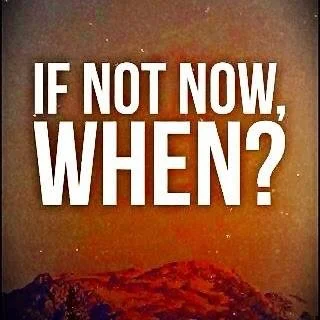My Narrative for Change
By Heather Oxman
Life Planning - using HSD
For many years, I’ve spent time between the solstice and the new year reviewing, reflecting on the past year and imagining the upcoming year. In March 2019, I took an Adaptive Action Lab on Framing Narratives of Change with Royce Holladay and Jennifer Jones-Patulli. I had realized that my life had become stagnant and I was looking forward to death, rather than savouring what turned out to be abundant opportunities in life. That was the challenge I brought to the Lab. And working with the tools and models of HSD in that Lab changed my perspective, my energy levels and my outlook so that I now have a more focused and fulfilling life. Let me tell you how it happened.
Framing Personal Narratives with HSD
A narrative represents breadth and depth of experiences and/or aspirations. It describes the interactions and decision making wanted/needed. Narrative draws from multiple stories in memory, imagination, experience and it frames / explores expectations & assumptions. In HSD terms, having a narrative allows me to explain my complex reality of my personal challenges. A narrative describes my reality and explains it, I gain insights into different options for action and the narrative helps inform my choices. Exactly how Adaptive Action works. By writing the narrative of my life’s patterns, I was able to more clearly recognize how my retirement and other tensions and exchanges had set me back, put me in denial and blinded me to other opportunities.
So how could I change my life’s patterns so that what emerges might be different, so that same and different players interact differently and might create future patterns and possibilities through those interactions? Looking at the similarities, differences and connections that have meaning across time and space (CDE) of my life, what were the forces, diversity and connections already in my life and how might shifting some of them alter my stuck pattern? What were my themes, my repeat behaviours, obvious patterns that showed up?
Working in the public service, my retirement, working on Boards and committees unceasingly, and trying to become an entrepreneur did not fill my life with the juice I needed to inspire and energize me. I had also developed several lazy habits that needed attention.
Tension lay between what I had at that moment and what I wanted to have (interdependent pairs), what I experienced and the impact of that experience. Clearly before starting this exercise, I was not happy with my life. I stood back and looked at the tensions and asked questions of my experience, the various kinds of truth I could confront about what had happened in my past, and what I hoped could emerge as desired future patterns.
The Power of Inquiry, especially not judging but remaining curious and turning assumptions into questions, helped reveal hidden potentials in my interests and pursuits, things I had never considered participating in locally or elsewhere.
Changing My Life’s Patterns
After that 2019 Lab, I changed the patterns of my home life including improving my communication patterns with friends, plus improving financial and health management and maintenance. I increased social participation in the local community and with those I love most. I explored new leisure options, like swimming and identified new cultural activities to try out, like pottery and choral singing.
Effective narratives express the movement from discovery to understanding to action. I now use the narrative process each year to check in and make sure I am on a better path to fulfilling my life purpose. I update my narrative as needed - identifying sticky issues in my patterned world and working to change the tension, finding breakthroughs through courage and commitment to moving forward.
I added to my narrative a personal set of Simple Rules and I identified several roles I play in my life, which help me shape my schedule over the year. Now I am busy and much happier investing my time and energy with several differently scaled projects. My life has more fun, and I am taking better care of myself as I proceed into my 7th decade. I am no longer looking forward to death, yet not afraid of death, just happy to contribute to this life, as long as I can.
Narrative analysis can work for a group or community, too. The arc of the story is Adaptive Action. The narrative campaign includes examining: CDE, Same/Different, Four Truths, and Generative Engagement. With groups and communities, it is important to manage the degree of complexity and impact of messages, and to consider the audience(s) and how media might influence them; Of course, at the conclusion - Now What? - The Call to Action with accountabilities is needed.
Heather Oxman is an organizational coach and a facilitator with non-profits, businesses and government. In 2010, Heather met Glenda Eoyang and became part of Cohort 15 in the HSD certification program. She retired in 2013 from 30 years of federal public service with Parks Canada and became a full time volunteer for several organizations. Heather applies HSD methods and models to her work as VP Advocacy for CFUW.org and Imagine Lethbridge, the Community Wellness Advisory Board for the City of Lethbridge, Alberta, Canada, among others.



